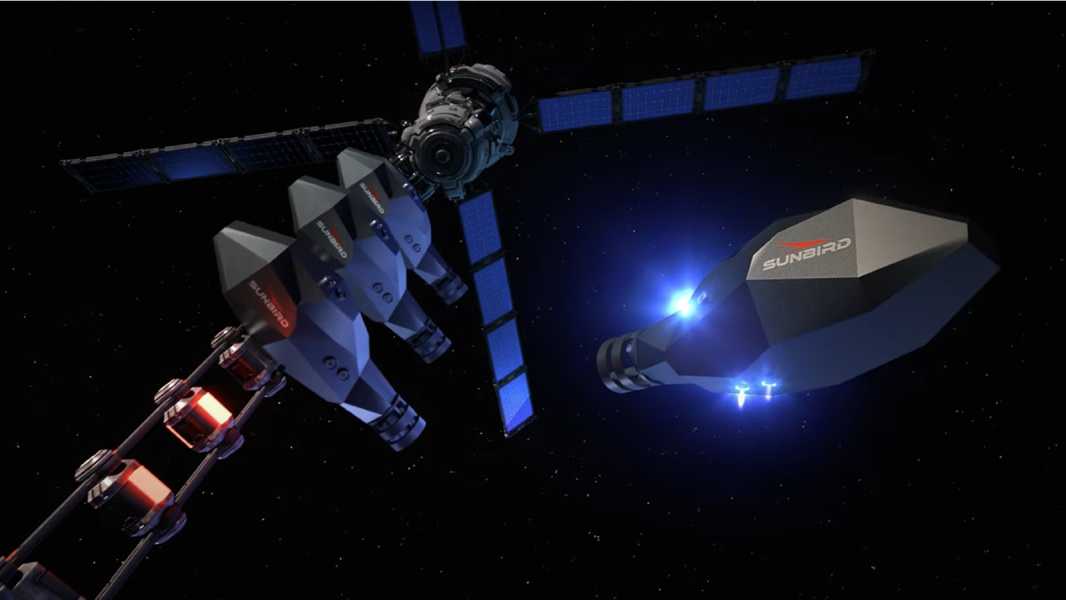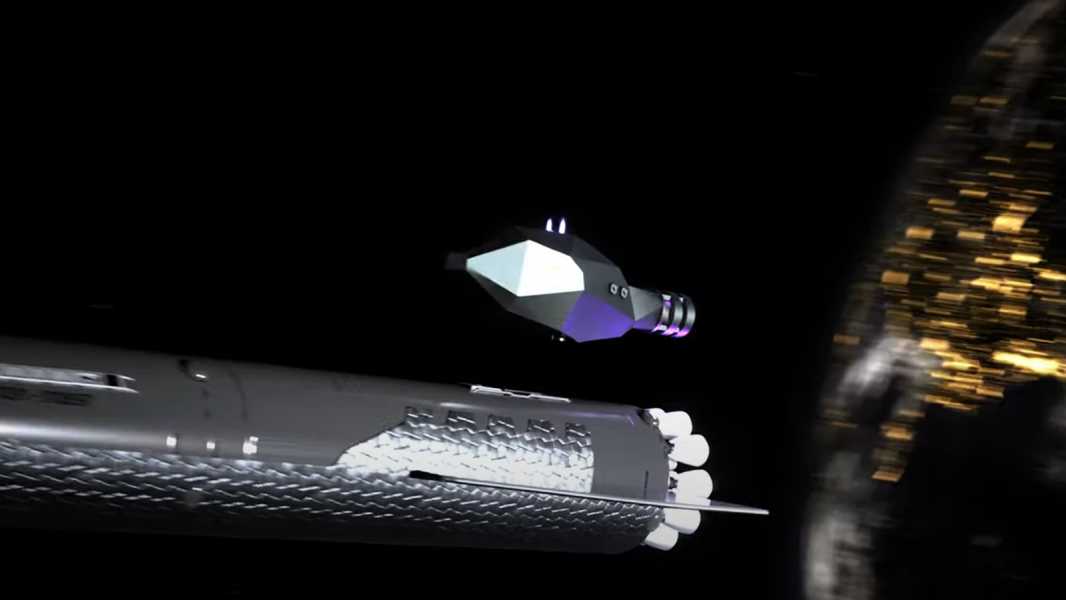
British company Pulsar Fusion has unveiled its ambitious plans to build a fleet of innovative nuclear fusion rockets that could dramatically reduce travel times within the solar system. (Image credit: Pulsar Fusion)
The British start-up has made waves in the space exploration community by revealing plans to use a new fusion propulsion system to power an orbital fleet of reusable rockets called Sunbirds, which the company claims could revolutionise exploration of both the solar system and beyond.
The technology behind the bold project will begin testing this year and could reach space by 2027, Richard Dinan, founder and CEO of Pulsar Fusion, told Live Science. However, the company has not set a specific timeline for when the futuristic spacecraft could become a reality. One expert told Live Science that it could be at least a decade away, if not longer.
Pulsar Fusion, in addition to developing traditional plasma thrusters and nuclear reactors, first announced the Sunbird project on March 6, after a decade of developing the concept under strict secrecy, according to a statement emailed to Live Science. The full project was unveiled on March 11 at the Space-Comm Expo at London's ExCel center.
In theory, the proposed rockets would be housed in huge orbital docking satellites that would then deploy and connect to other spacecraft, quickly moving them to their destinations like giant “space tugs,” greatly reducing the costs of deep space missions.
A concept video shows how these futuristic rockets could be used to deliver a larger spacecraft to Mars and back, with docking stations at either end of the route (see below).

Sunbird rockets can act as “space tugs,” attaching to spacecraft in low Earth orbit and pushing them out of our planet's gravity well.
Sunbirds' core technology is Duel Direct Fusion Drive (DDFD) engines, which the company says will harness the power of nuclear fusion to deliver exhaust velocities far beyond current capabilities.
If it works, it could cut the travel time to Mars in half, allowing probes to reach Pluto in four years, according to Pulsar Fusion. (The current record for a journey to Pluto is 9.5 years, set by NASA's New Horizons spacecraft in 2015.)
“If we are going to become a civilization capable of reaching other planets, then the rate of outflow
Sourse: www.livescience.com





